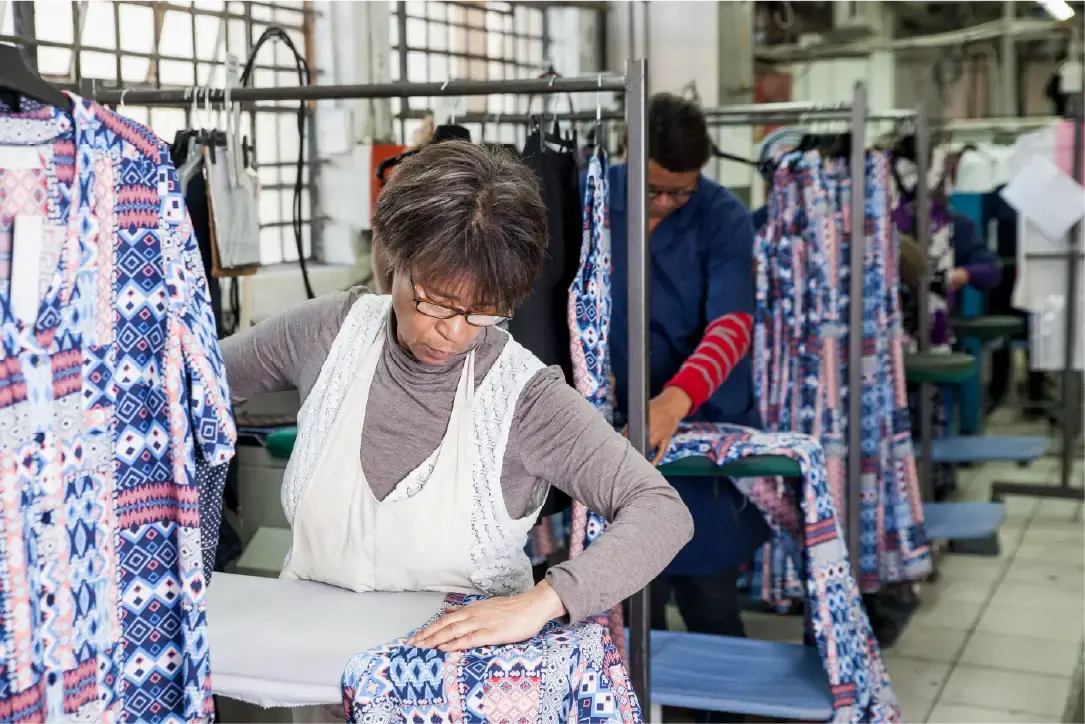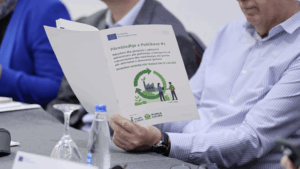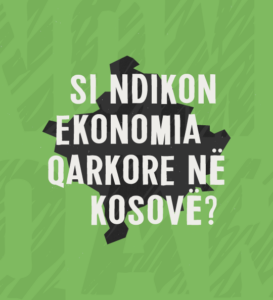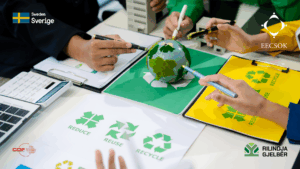Is Textile Recycling Possible? An In-Depth Analysis of Global Potential and Challenges

The global textile industry produces hundreds of billions of garments and other textile products every year, significantly contributing to the growing volume of urban and industrial waste worldwide. As a result, the international community is increasingly focusing on the potential of textile recycling as a means to address pollution and to advance circular economy principles. While textile recycling is technically feasible, it remains a complex and challenging process in practice.
Challenges Arising from the Nature of the Textile Industry
One of the main barriers to textile recycling lies in the composition of materials. Most mass-produced garments are made from fiber blends, commonly mixing cotton with polyester or other synthetic fibers. With current technology, separating these fibers for recycling purposes is difficult and often impossible without chemical processes. This makes a large share of textiles unsuitable for high-quality recycling or reuse.
Insufficient Technical and Infrastructural Capacity
Globally, the textile recycling industry is still largely concentrated in a few developed countries, where mechanical and chemical recycling technologies are more advanced. Mechanical recycling – which involves shredding textiles into new fibers for use in industries such as insulation, upholstery, or industrial textiles – is the most common method. However, this process often results in lower-quality materials compared to the original fibers.
Chemical recycling, which can break down synthetic fibers like polyester into their base chemical components, is still limited due to high operational costs and significant energy requirements. These factors make chemical recycling economically unsustainable in many regions, particularly in developing countries.
A Weak Market for Recycled Textiles
Another challenge hampering the success of textile recycling is the underdevelopment of markets for recycled products. The fashion and industrial textile sectors continue to rely heavily on cheap, virgin materials like oil-derived polyester, rather than recycled alternatives. Many companies opt for new textiles due to lower costs and the superior aesthetic and technical quality of virgin fibers.
Moreover, consumers are often unaware of textile recycling possibilities or lack access to reliable collection points and efficient textile waste management systems.
The Issue of Waste Sorting at Source
In many countries, textile waste is not separated from other municipal waste streams. Textiles that end up in mixed landfills with organic or other waste often become contaminated and lose their recyclability. This issue severely affects the quality of raw materials reaching recycling plants and limits their potential for processing into new products.
The Environmental Benefits of Textile Recycling
Despite the challenges, textile recycling plays a critical role in advancing the circular economy and reducing the carbon footprint of the fashion and textile sectors. Every ton of recycled textiles prevents additional waste from being incinerated or landfilled, while preserving valuable raw materials.
According to the United Nations Industrial Development Organization (UNIDO), textile recycling helps reduce water, land, and energy consumption typically associated with producing virgin textiles. For example, producing recycled cotton fibers requires significantly less water and fewer chemical inputs compared to growing new cotton crops.
Furthermore, textile recycling contributes to lowering greenhouse gas emissions, particularly when synthetic textiles are reused instead of being produced from fossil fuels.
International Examples and Emerging Trends
Countries like the Netherlands, Sweden, and Germany have developed well-structured systems for textile collection and recycling, supported by specialized mechanical and chemical processing facilities. The European Union has committed to making textile waste separation mandatory by 2025, a step expected to significantly increase recycling rates across the continent.
In addition, major fashion brands such as H&M and Patagonia have launched take-back programs for used garments and have begun integrating recycled fibers into their new collections.
Conclusion
Textile recycling is possible and represents a crucial step toward building a circular production and consumption model within the global fashion and textile industries. However, for this practice to become widespread and effective, substantial investments are needed in recycling technologies, infrastructure expansion, and policy frameworks that encourage both private sector engagement and consumer participation.
With coordinated action from institutions, industry leaders, and an informed public, textile recycling can transition from a challenge to a tangible opportunity for creating a cleaner, more resource-efficient economy.




